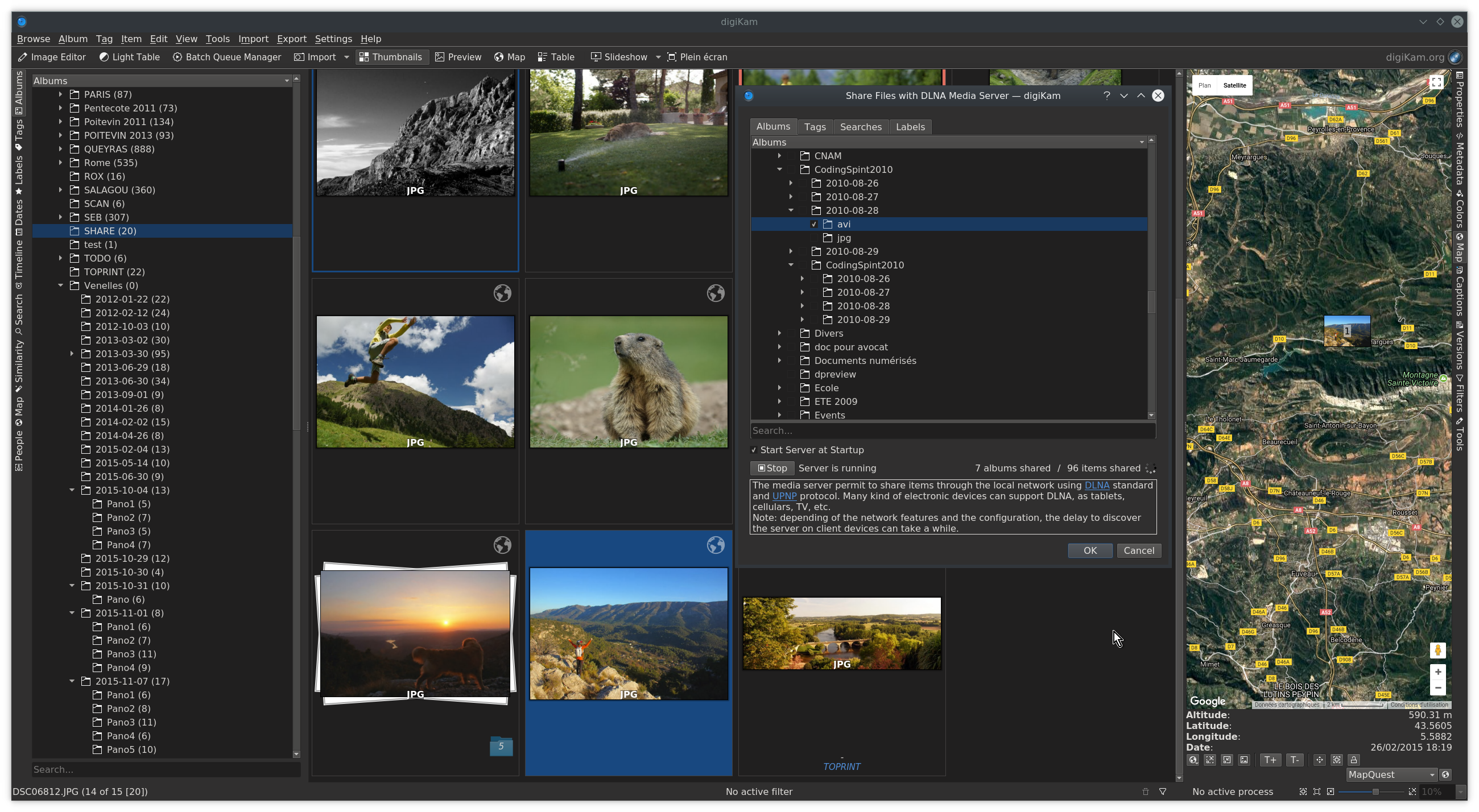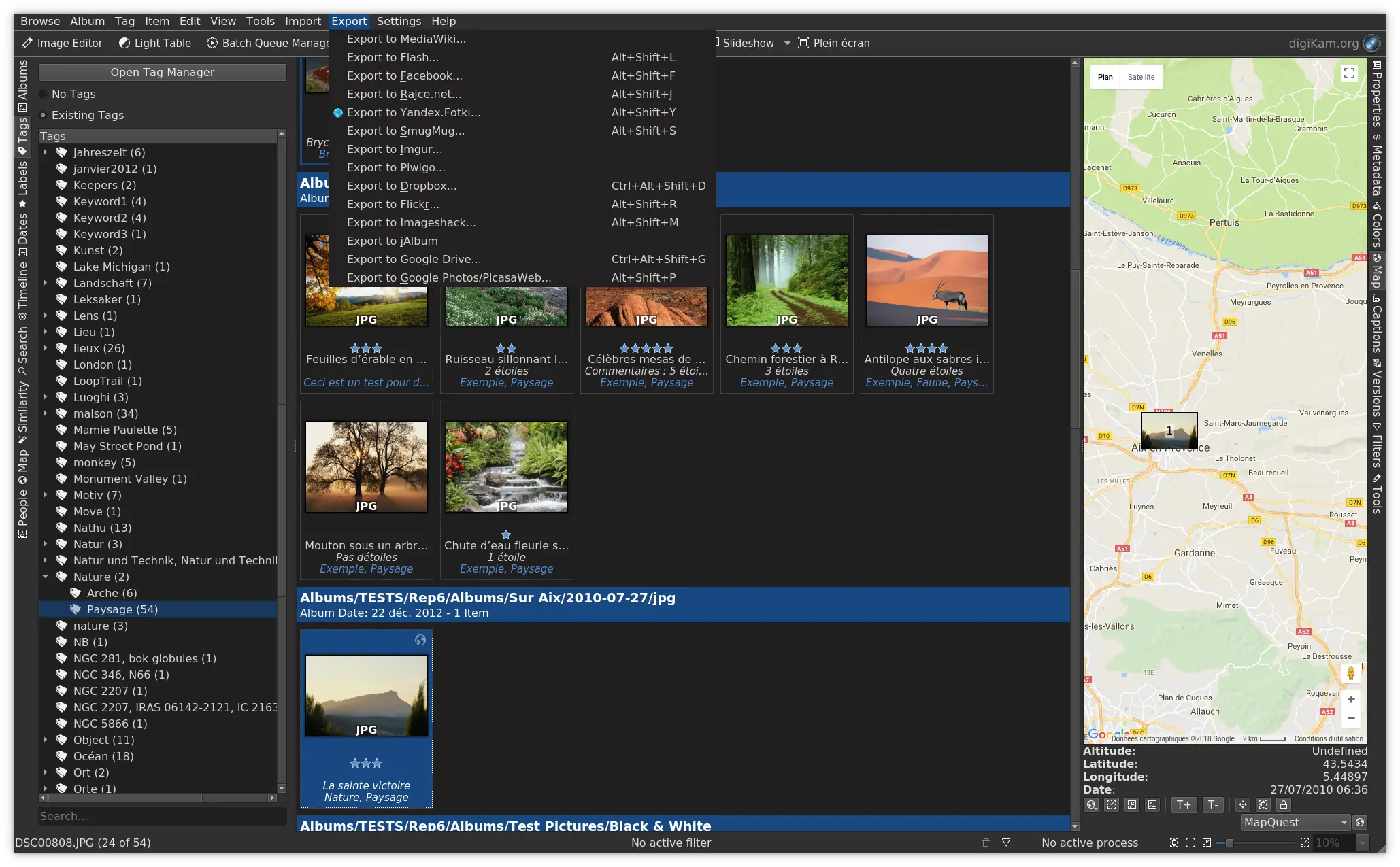
I then filled the new databases with data I already had from my previous digiKam MySQL setup: On the local server: CREATE USER IDENTIFIED BY 'secret_password' Īnd on the network server: CREATE USER IDENTIFIED BY 'secret_password' A user for ProxySQL has to be created on all these databases, and given the correct access rights. I'm using MariaDB from the respective Linux distribution both an the network server (Debian), and on the clients (Ubuntu and Arch).

Still, the setup is time-consuming, and the complexity of at least two databases in two MySQL instances, in addition to the ProxySQL instance, can lead to confusion. In my digiKam usecase the rules are fairly simple, since all commands involving the thumbnails database dk_thumbnails should be redirected to a local MySQL server, and all calls to the digikam database redirected to the network server. ProxySQL allows you to redirect a user's SQL queries to different SQL servers, by defining rules that match query patterns. This turned out to be more complex than I had hoped it would be, so I'll start by describing a different solution, to then file a feature request to the digiKam devolopers, that would render my provisionary solution superfluous: Split digiKam database queries between localhost (thumbnails) and network (metadata) At first I tried looking at the digiKam source code, to split the database configuration directly in digiKam. Unfortunately the two databases cannot be configured independently there is just one setting for user, database, and host (i.e. Only the thumbnail pictures use significant space (517M in my case), not the meta data (the database dump is just 13M).

With some consideration I found a somewhat complicated, yet practical solution to this problem: digiKam basically is using two databases, one for all picture metadata (ratings, descriptions, tags etc.), and one as a cache for the reduced thumbnail images (there is a third one, for face recognition, but so far I have not been using that feature). That computer's wifi hardware performs much better with ChromeOS, than under “mainline” Linux (but only then can I use digiKam). I was noticing how access to databases on the (local) network significantly slowed down digiKam, especially when accessing from my fanless ARM Chromebook running Arch Linux. DigiKam 5.9 database configuration (German localisation)


 0 kommentar(er)
0 kommentar(er)
